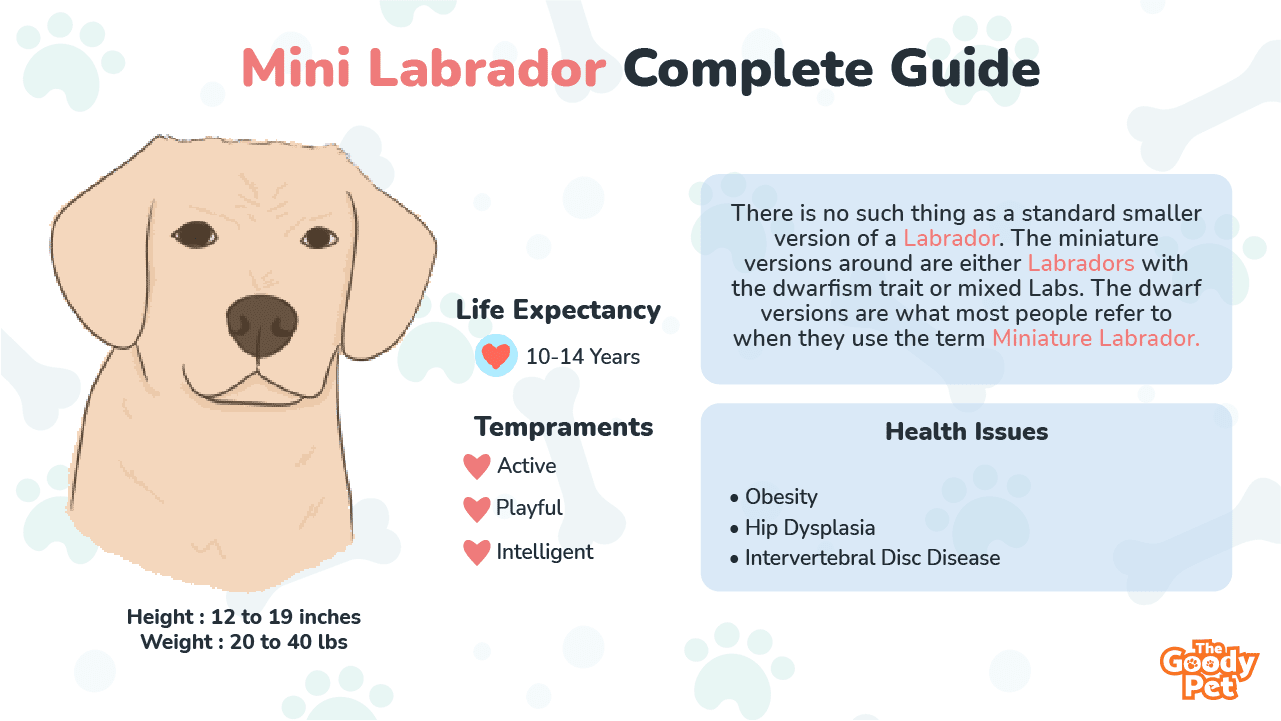Labradors are easily among my top 5 favorite dog breeds of all time. It is really hard not to love these smart, loyal, and beautiful dogs. I am not the only one that thinks that labs are the best thing to have happened to us. The dog breed consistently ranks first according to the American Kennel Club’s yearly popularity rankings.
However, not all Labradors are equally as popular, with the Mini Lab being one of the most controversial variations.
The term Miniature Labrador is used to describe Labrador Retrievers that are smaller than the Standard Labrador breed.
They are not recognized as a standard variation of Labrador Retrievers. Miniature Labradors can appear as a result of dwarfism or mixed breeding with small dog breeds.
One of the reasons why Mini Labradors are so controversial is their health issues. We shall take a closer look at these and all other care needs you should know about if you are considering getting one.
How Big Do Mini Labradors Get?
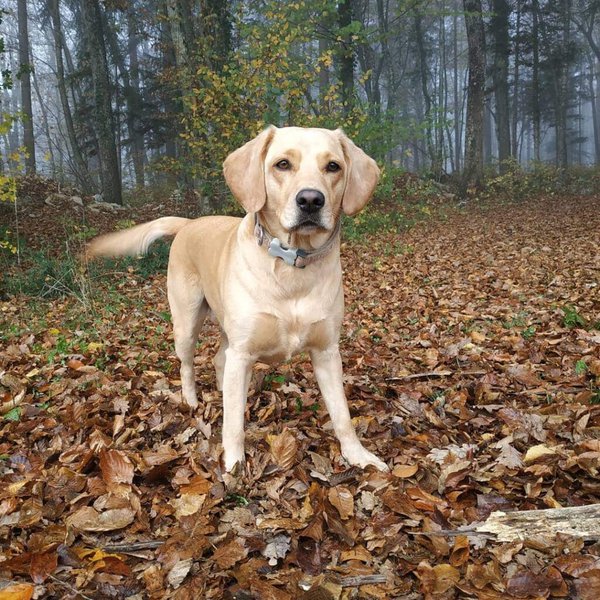
When people hear the term “Mini Labrador,” they immediately draw comparisons to other dog breeds that have standard mini versions like the Schnauzer and Poodle breeds. Strictly speaking, this is not accurate.
There is no such thing as a standard smaller version of a Labrador.
The miniature versions around are either Labradors with the dwarfism trait or mixed Labs. The dwarf versions are what most people refer to when they use the term Miniature Labrador.
They are more or less like your average Labrador, with just a few differences in appearance. Here is what you can expect:
Size
Miniature Labradors vary in weight depending on their origin. Dwarf Labs can weigh anywhere between 30 to 40 lbs, while mixes with smaller breeds can go as low as 20 lbs.
In terms of height, Mini Labs are usually 3 to 10 inches below the 22-inch height average of Standard Labs.
Build
The build with Miniature Labradors is usually less proportional than regular Labradors. They often have malformed limbs that may be short and bowed. This applies both to Dwarf Labradors and those from mixes.
Facial and skull features
The facial and skull features are where the Miniature Labrador has the most similarities to the standard breed. They have the same large droopy ears, wide forehead, and narrow, long snout. However, Mini Labs with the dwarf trait may have a disproportionately large head and shorter snout.
Coat
Mini Labs have short, dense coats that can be chocolate, black, or yellow. If they are a result of mixed breeding, they may take coat traits and colors from the other involved breed.
How Long Do Mini Labs Live?
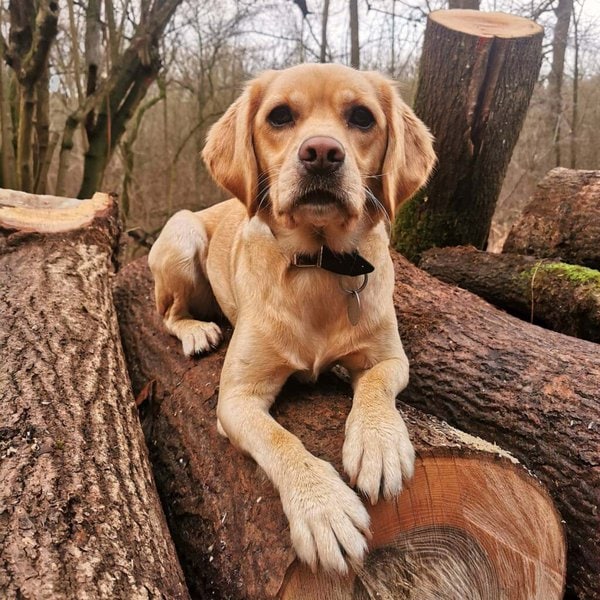
Miniature Labradors can live for 10 to 14 years which is more or less what can also be expected of Standard Labradors. However, dwarf Mini Labs are often very sickly and may have a lifespan as short as 5 years.
Here are some of the common health problems that affect the Mini Lab variety in general.
Limb Malformation
Limb malformation in Miniature Labradors is most commonly seen in dwarfism as a result of the SD 2 genes.
This results in short, often crooked, and uneven limbs. The bones are also more prone to issues like fractures and arthritis, which makes Mini Labradors more fragile than their regular counterparts.
Hip Dysplasia
Hip dysplasia is a condition that mainly affects large dog breeds, including Regular Labs. However, the Mini Lab is one of the exceptions that often suffer from the joint anomaly despite its smaller build.
Intervertebral Disc Disease
Intervertebral disc disease occurs when the tissues between spinal vertebrae break down. This leaves both the spinal column and the spinal cord that it protects exposed and at risk of injury.
In very serious conditions, the Miniature Labrador may suffer spinal compromise with consequences including chronic pain and even paralysis.
Obesity
Mini Labradors may be small but they have appetites just as large as regular-sized Labs.
This, combined with their numerous musculoskeletal issues and subsequently lower levels of activity, leaves them more prone to obesity. Fortunately, this is something you can very easily prevent by watching what and how much your Mini Lab eats.
How Much Do Miniature Labs Cost?
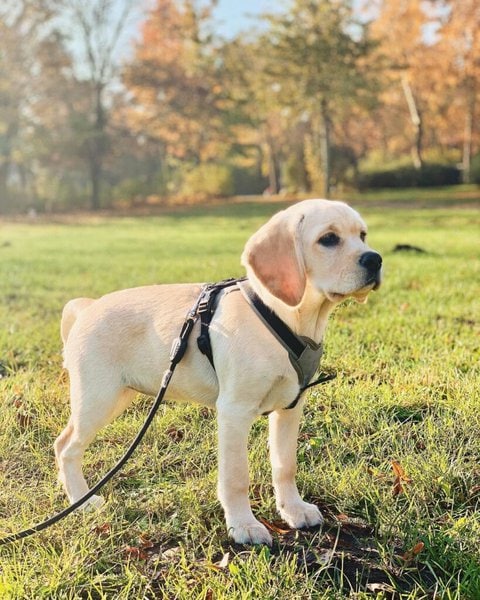
There is no standard price for the Miniature Labrador. They can cost as much as $1,500 or even more and as low as $500.
This is because their breeding is not very common, and thus, there are not very many breeders with set prices for the dog breed.
Even then, the higher limit makes Mini Labs some of the most expensive niche dogs out there. Here are a few of the reasons why this may be the case.
Mini Labs Are Few And Hard To Come By
Miniature Labradors are very difficult to come across, especially in their purebred form. This is because breeders rarely intentionally breed them as a result of the numerous health issues that they are associated with.
This means the only other way for you to get a purebred Mini Labrador is through litter rants which are also very difficult to find and unpredictable to selectively breed.
With such a tight supply, breeders that have Miniature Labrador Retrievers have free reign to set the price as high or low as they wish.
Breeding Mini Labs Is Difficult And Expensive
For the few dog breeders willing to intentionally breed Mini Labradors, the process is difficult and often expensive. Firstly, they need to screen the involved dogs for health issues that need to be selectively bred out to ethically produce Mini Labradors.
They also have to take care of the pregnant Mini Labradors which usually end up having very complicated pregnancies and deliveries. All these costs add up and make the resulting Mini Labs quite pricey.
Mini Labs Have Niche Demand
Despite being so controversial, Mini Labradors still have a very strong and loyal fanbase. These people drive the demand in the market which makes the dogs expensive despite all their issues. At least they have redeeming qualities including their endearing personalities that we will get right into.
Can Miniature Labs Get Aggressive? Temperaments Of Miniature Labradors
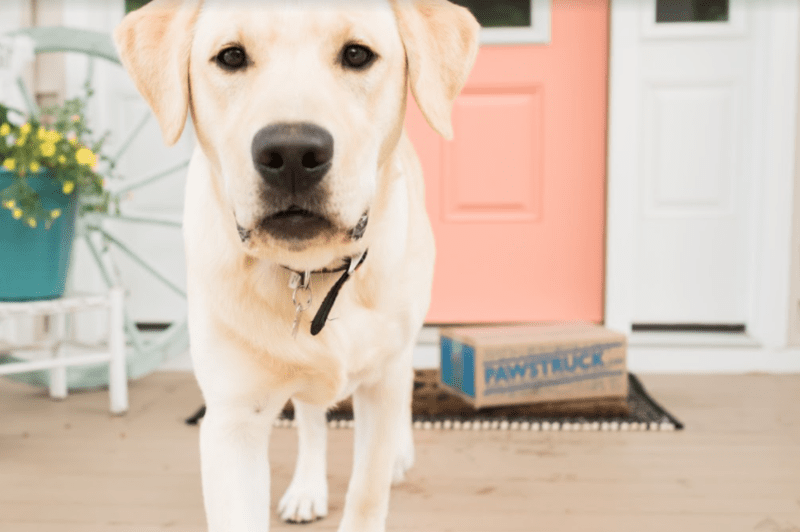
There is a common belief that Miniature Labradors are aggressive and noisy like other miniature versions of large dog breeds. This is not at all true.
Remember that Mini Labs are strictly speaking not a standard variation and are thus in every way just like Regular Labradors in terms of personality. Here are a few traits you may notice if you happen to get one.
Eager To Please
Miniature Labradors live to please and thrive on approval and praise. This will come in handy during training as they are usually also very eager to learn new skills.
Active And Playful
There is never a dull moment in a home with a Miniature Lab. They love to play, especially with their favorite human friends, which is ideal if you want a lively companion to bring life to your home.
Social
Miniature Labradors are social butterflies. This works well if you have a large family or happen to have other pets. With a little socialization, there is no one that Mini Labs will not get along with.
Loyal
Loyalty is something else you have to look forward to from your Mini Labrador. They form strong bonds with people they spend a lot of time with, especially for things like playtime and feeding.
Intelligent
Mini Labradors may be smaller than regular Labs but this does not make them any less smart. The little pooches pick up very easily on new skills, which makes them convenient to train and easy to live with.
Do Miniature Labs Shed? Grooming Tips For Miniature Labradors
Miniature Labradors have a thick, short coat that sheds very heavily. They are also sometimes prone to skin issues including dermatitis and odors.
This means that you pretty much have your work cut out for you in terms of grooming. If you plan on doing some of the grooming yourself, here are a few tips that may come in handy.
Brush The Mini Lab’s Coat 2 To 4 Times A Week
Shedding is one of the most recurrent issues you will have to deal with as a Mini Lab owner. The best way to get ahead of things is to get on a regular grooming schedule.
Mini Labs shed seasonally. When the shedding is minimal, you could go for a twice-a-week interval. If they are shedding more heavily, increase to 4 times a week or even every day.
It is also important that you invest in the right grooming tool, in which case we recommend the FURminator Undercoat Tool. With its thick bristles and self-cleaning feature, you can work through the dog’s thick coat with ease and convenience.
Wash The Mini Labrador Every Month Or 2
A monthly or bi-monthly wash interval should be enough to get rid of dirt and odors without stripping the Mini Lab’s coat of much-needed protective oils.
Seamus Cherry Blossom Whitening Dog Shampoo is ideal for the job here, whether your Mini Lab is white, yellow, or even darker tones like red or chocolate. Its gentle formula works wonders leaving your dog with healthy, shiny fur and a mild, floral scent.
Keep The Mini Lab’s Environment As Clean As Possible
It is also important that you keep the Mini Lab’s environment clean to avoid things like infection and skin irritation. The iRobot Roomba i3+ is designed to make this easier for you allowing you to keep floors and carpets clean without doing any of the heavy liftings.
This automated vacuum also stands out in that it is designed to clean up specifically after pet particulate messes, including fur and dander.
Related Questions
Are Small Dogs Good Guard Dogs? Yes, small dogs can make for good guard dogs, but they work better as watchdogs. This is especially the case if the particular small dog breed is known for temperament traits like alertness, wariness towards strangers, and a vocal predisposition. If the dog breed is the social and friendly kind, then the pooch may not do well as a guard dog.
Are Teacup Labradors Real? Teacup Labradors are not real. While there are breeders that market Mini Labradors as teacups, it is more or less impossible to get a Labrador to the 2 to 5-pound range that defines the teacup breed. It doesn’t matter whether the lab is a dwarf or a mix with the tiniest of dog breeds.
What Dog Is Like A Small Labrador? Dogs that look like small Labradors may either be dwarf Labradors or mixes between Lab Retrievers and other small breeds. With Dwarf Labs, the dog will have every other feature similar to Standard Labradors, from facial features to coat traits. With mixes, on the other hand, they may have features from the other non-Labrador parent.

